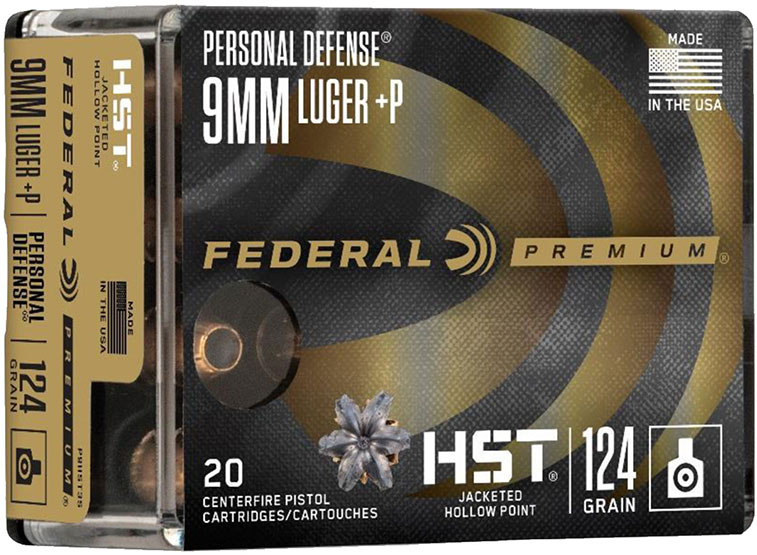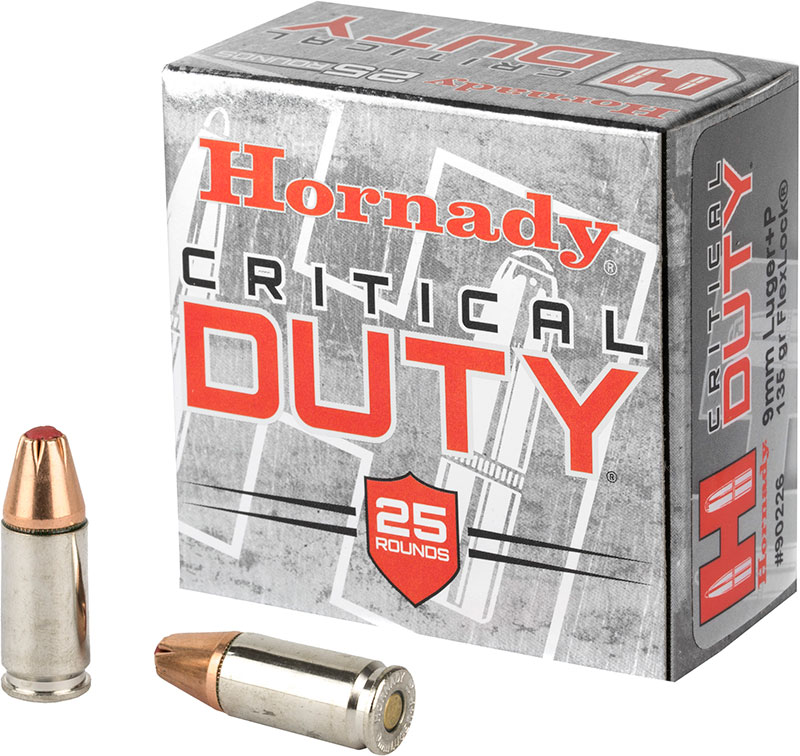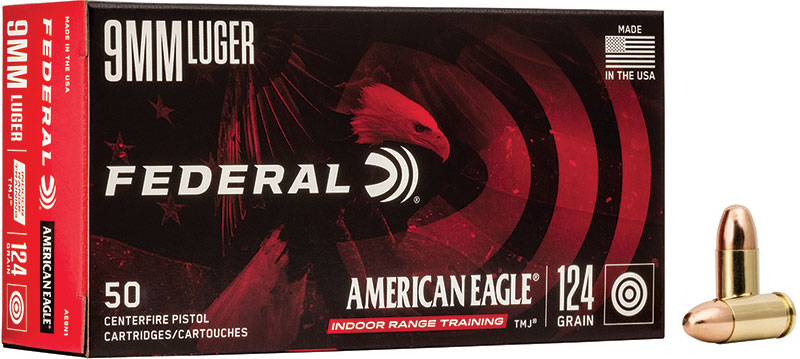
Deciphering a Box of 9mm Ammo
Experienced shooters don’t think much about it, but there actually is a heck of a lot of information stamped on a box of 9mm ammo - or any box of ammo, for that matter.
With that said, this article will break down the specifics you’ll find on a box of ammo so you can be a smarter shopper.
Cartridge
First and most important is the cartridge. This is important because caliber is not cartridge specific. For instance, if your gun is chambered for 9mm Luger (also known as 9x19 Parabellum) that’s all it can safely chamber and shoot.
9mm Luger is not, however, the only 9mm cartridge, and it is very important to be aware of this. There is also, for instance, the 9 Winchester Magnum, which, though a 9mm cartridge, is completely different from 9mm Luger/9x19 Parabellum.
So first and foremost, make sure you are looking at the right type of ammunition - the exact cartridge for which your gun is chambered.
Bullet Type

Bullet type is probably the most important indicator of the suitability of a given round for a specific shooting discipline. Normally, the bullet type is indicated by one of the following acronyms:
- FMJ: Full metal jacket; a bullet with a lead core that is entirely enclosed by a copper bullet jacket, except at the base. They are affordable, stable, accurate, and designed for consistency and accuracy during range training or competition.
- TMJ: Total metal jacket, a bullet that is completely enclosed, including the base, by a copper jacket. They are slightly more expensive than FMJ but provide better protection against lead fouling and lead exposure.
- TSJ: Total synthetic jacket; these bullets have a lead core covered by a synthetic polymer. They reduce lead exposure and prevent copper fouling from accumulating in your pistol’s bore.
- HP or JHP: Hollow point and jacketed hollow point, respectively. Hollow point bullets are designed for maximum expansion and energy transfer on contact with a soft target, making them ideal for neutralizing threats. Hollow point ammo is preferred for defensive applications for this reason as well as for the fact that it is less likely to overpenetrate.
- LRN: Lead round nose; this is now only rarely encountered as a 9mm bullet.
Other types of 9mm bullets that are not usually turned into acronyms are wadcutters and frangible bullets.
Wadcutters are bullets with a flat nose that punch clean round holes in paper targets and which are used for scoring in competition.
Frangible bullets are made from sintered metal and are designed to disintegrate on contact with a target, decreasing the risk of ricochet and making them suitable for shooting at steel targets or for indoor range training.
Bullet Weight
Bullet weight is measured in grains. Common weights for 9mm Luger bullets are 115, 124, and 147 grains. The two former weights are commonly used for range training as they use less material, making them not only more affordable but resulting in lower recoil.
Heavier 147 9mm ammo is commonly used in HP and JHP bullets for defensive applications, as the extra mass transfers more energy and produces more stopping power on contact with a hostile target.
Muzzle Velocity
Muzzle velocity is measured in FPS, or feet per second. Together with bullet weight, muzzle velocity determines muzzle energy (see below). All else being equal, a higher velocity indicates a more powerful round.
Muzzle Energy
Muzzle energy is measured in ft-lbs or joules (J). It is a product of velocity and bullet mass; the more muzzle energy produced, the more energy will be transmitted on contact with a target. A higher muzzle energy also indicates greater felt recoil.
Casing Material
Most 9mm ammo is cased in brass, which is preferred because brass is fairly chemically stable, but also because it can withstand repeated firings and when properly prepared, can be reloaded.
Other 9mm ammo is, however, cased in steel or aluminum casings, such as TulAmmo (steel) or CCI Blazer Aluminum (cased in aluminum). These materials are used to save on cost when loading cheap 9mm ammo, but they cannot be reloaded.
What’s That +P Mean?
Some boxes of 9mm ammo, usually HP or JHP defensive rounds, are stamped with a +P, which indicates that they are loaded with a higher propellant charge to deliver more energy. They will produce more recoil, but they also produce more stopping power on contact with a target.
They are not ideal for range training but they can be valuable for defensive carry.
Shop 9mm Ammo Here
Need another supplier to throw in rotation so your ammo cans don’t run dry? Hopefully this short post will make it easier for you to decipher 9mm ammo specifications so you can buy more confidently online. Bookmark our page and the next time you need some bulk ammo, stock up.

